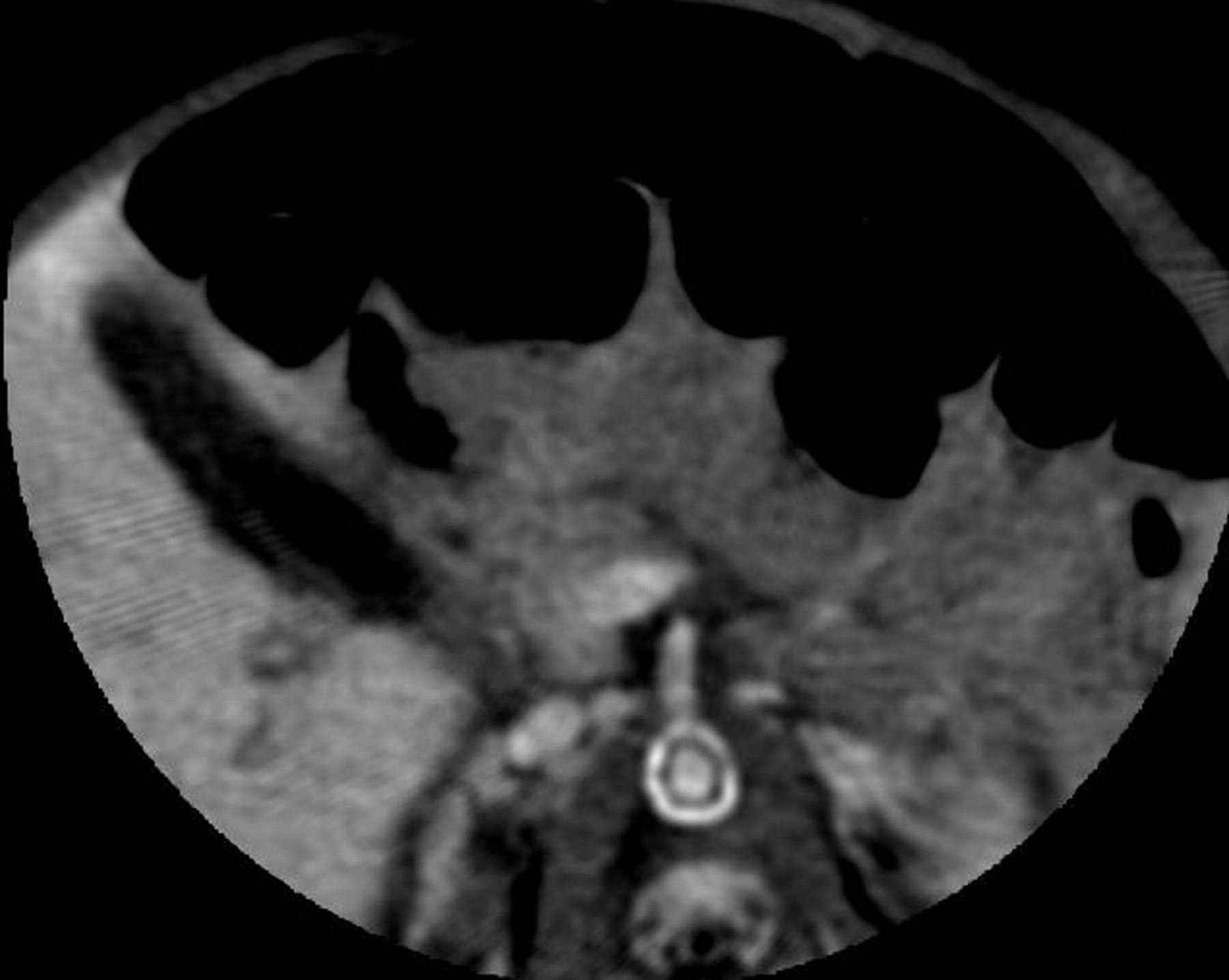
Occlusive Infantile Arteriopathy is a rare but serious condition affecting young children. This disorder involves the narrowing or blockage of arteries, which can lead to significant health issues. What causes Occlusive Infantile Arteriopathy? The exact cause remains unknown, but researchers believe it could be linked to genetic factors or underlying health conditions. Symptoms often include seizures, developmental delays, and weakness on one side of the body. Early diagnosis and treatment are crucial for managing the condition and improving the child's quality of life. In this post, we'll explore 25 essential facts about Occlusive Infantile Arteriopathy to help you understand this complex condition better.
Key Takeaways:
- Occlusive Infantile Arteriopathy is a rare condition in infants, causing artery blockage and serious symptoms. Early diagnosis and treatment are crucial for managing the condition and improving the quality of life.
- Treatment for Occlusive Infantile Arteriopathy includes medications, surgery, and therapy to help infants lead relatively normal lives. Support from family, healthcare providers, and community resources is essential for managing the condition effectively.
What is Occlusive Infantile Arteriopathy?
Occlusive Infantile Arteriopathy (OIA) is a rare condition affecting the arteries in infants. It can lead to serious health issues if not diagnosed and treated early. Here are some important facts to help you understand this condition better.
-
Rare Condition: OIA is extremely rare, with only a few cases reported worldwide.
-
Artery Blockage: The condition involves the blockage of arteries, which can restrict blood flow to vital organs.
-
Infant Onset: Symptoms typically appear in infants, usually within the first year of life.
-
Genetic Factors: Some cases of OIA may have a genetic component, though the exact cause is often unknown.
-
Symptoms: Common symptoms include seizures, developmental delays, and strokes.
Diagnosis and Symptoms
Understanding the symptoms and how OIA is diagnosed can help in early detection and treatment.
-
MRI Scans: MRI scans are often used to diagnose OIA by showing blockages in the arteries.
-
Blood Tests: Blood tests can help rule out other conditions and support the diagnosis of OIA.
-
Neurological Exams: Neurologists may perform exams to assess the impact on the brain and nervous system.
-
Developmental Delays: Infants with OIA may show delays in reaching developmental milestones.
-
Seizures: Seizures are a common symptom and can be one of the first signs of OIA.
Treatment Options
Treatment for OIA aims to manage symptoms and improve quality of life.
-
Medications: Anti-seizure medications are often prescribed to control seizures.
-
Surgery: In some cases, surgery may be needed to remove blockages in the arteries.
-
Physical Therapy: Physical therapy can help infants develop motor skills and improve muscle strength.
-
Occupational Therapy: Occupational therapy focuses on helping infants achieve daily living skills.
-
Regular Monitoring: Regular check-ups with a healthcare provider are essential to monitor the condition.
Long-Term Outlook
The long-term outlook for infants with OIA varies depending on the severity of the condition and the effectiveness of treatment.
-
Variable Prognosis: The prognosis can vary widely; some infants may have mild symptoms, while others may experience severe complications.
-
Lifelong Management: OIA often requires lifelong management and regular medical care.
-
Quality of Life: With proper treatment, many infants can lead relatively normal lives.
-
Support Systems: Support from family, healthcare providers, and community resources is crucial.
-
Research: Ongoing research aims to better understand OIA and develop more effective treatments.
Support and Resources
Finding support and resources can make a significant difference for families dealing with OIA.
-
Support Groups: Joining support groups can provide emotional support and practical advice.
-
Educational Resources: Educational materials can help families understand the condition and how to manage it.
-
Financial Assistance: Some organizations offer financial assistance for medical expenses related to OIA.
-
Advocacy: Advocacy groups work to raise awareness and support research for rare conditions like OIA.
-
Healthcare Team: Building a strong healthcare team, including specialists in neurology and pediatrics, is essential for managing OIA effectively.
Final Thoughts on Occlusive Infantile Arteriopathy
Occlusive Infantile Arteriopathy (OIA) is a rare but serious condition affecting young children. Understanding its symptoms, causes, and treatment options can make a significant difference in managing the disease. Early diagnosis is crucial for effective treatment and better outcomes. Parents should watch for signs like sudden weakness, difficulty speaking, or seizures. Consulting a pediatric neurologist can provide the necessary guidance and support.
Treatment often involves medications to manage symptoms and prevent further complications. In some cases, surgical interventions may be required. Ongoing research aims to improve treatment options and outcomes for affected children. Awareness and education about OIA can help parents and caregivers take timely action, potentially saving lives.
By staying informed and proactive, families can navigate the challenges posed by OIA more effectively. Knowledge truly is power when dealing with such a complex condition.
Frequently Asked Questions
Was this page helpful?
Our commitment to delivering trustworthy and engaging content is at the heart of what we do. Each fact on our site is contributed by real users like you, bringing a wealth of diverse insights and information. To ensure the highest standards of accuracy and reliability, our dedicated editors meticulously review each submission. This process guarantees that the facts we share are not only fascinating but also credible. Trust in our commitment to quality and authenticity as you explore and learn with us.
